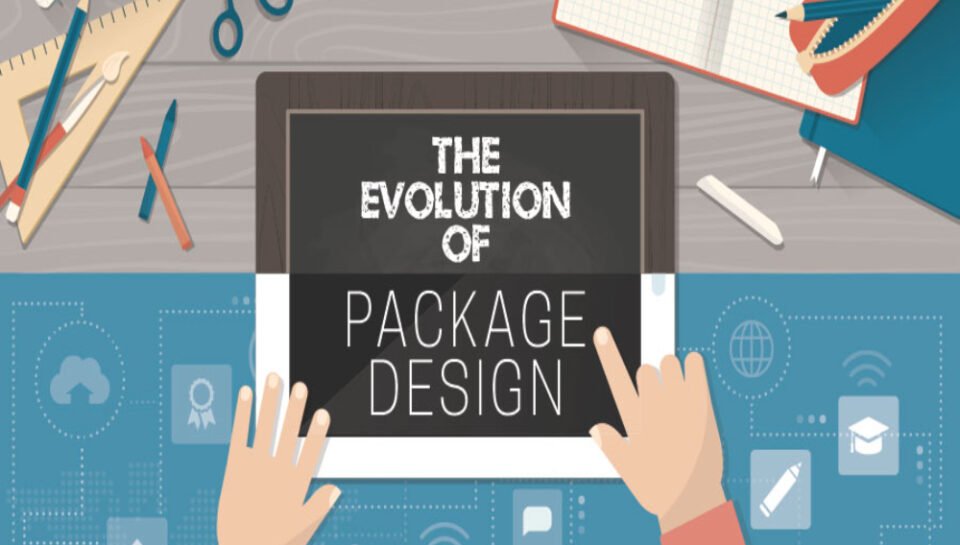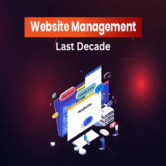
Briefly discuss the evolution of package design over the decades.
Briefly Discuss the Evolution of Package Design Over the Decades
INTRODUCTION
The history of package design reflects broader changes in consumer behavior, technology, marketing, and aesthetics. From simple wrappers to sophisticated brand statements, packaging has transformed dramatically over the decades. Each era introduced new materials, trends, and purposes—moving from pure functionality to a strategic tool for storytelling and brand identity. Here’s a brief overview of how package design has evolved through the decades.
1950s – FUNCTION MEETS FORM
Post-World War II consumerism brought mass production and retail expansion. Packaging became more standardized and functional, with simple materials like tin, paper, and glass dominating. Bold typography and primary colors were common, and packaging began serving as a marketing tool on store shelves.
1960s – THE RISE OF BRANDING
The 1960s saw increased competition and the birth of brand-focused packaging. Designers began incorporating logos, mascots, and consistent visual identities. Advances in printing technology enabled more creative graphics, and packaging became a key part of brand recognition and advertising.
1970s – ECO-AWARENESS AND MATERIAL EXPERIMENTATION
The environmental movement influenced design thinking. There was a growing interest in recyclable materials and minimalist aesthetics. Brands experimented with new packaging materials like plastics while beginning to highlight sustainability and simplicity.
1980s – BOLD AND COMMERCIAL
This decade was marked by flashy colors, oversized fonts, and highly commercialized packaging aimed at grabbing attention in supermarkets. Pop culture influenced designs, and brand competition intensified, leading to aggressive visual styles and promotional packaging formats.
1990s – REFINEMENT AND SOPHISTICATION
Design began to mature with cleaner layouts, more refined typography, and subtler use of imagery. Packaging reflected growing global markets and the need for international appeal. Consumer health trends also led to more transparent labeling and informative design.
2000s – DIGITAL INFLUENCE AND PERSONALIZATION
The rise of digital design tools brought precision, innovation, and experimentation. Packaging became more user-centered, incorporating easy-open features and tamper-proof seals. Brand storytelling emerged, with packaging often designed as an experience, especially in luxury and niche markets.
2010s – SUSTAINABILITY AND MINIMALISM
Minimalist design dominated this decade—clean lines, neutral tones, and functional forms. Sustainability became a central concern, leading to biodegradable materials, reduced packaging waste, and eco-friendly messaging. Typography and visual hierarchy took center stage.
2020s – INTERACTIVITY AND TECHNOLOGY INTEGRATION
Modern packaging blends digital and physical experiences. QR codes, augmented reality (AR), and smart labels provide interactive engagement. Brands emphasize authenticity, inclusivity, and environmental ethics. Customization, transparency, and digital storytelling continue to shape the evolution of packaging in today’s consumer-driven world.
HASHTAGS
#PackagingHistory #DesignEvolution #PackagingThroughDecades #RetroDesign #ModernPackaging #BrandEvolution #PackagingTrends #ConsumerPackaging #DesignMilestones #PackagingDesignHistory #FunctionalPackaging #VisualBranding #SustainablePackaging #MinimalistDesign #SmartPackaging #DigitalPackaging #EcoPackaging #ARInPackaging #PackagingInnovation #CreativeDesign





